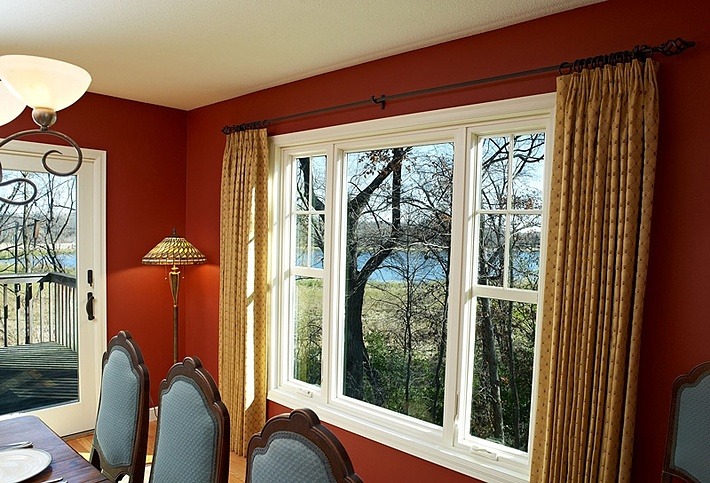MENU



Condensation is basically the appearance of moisture on a surface after that moisture has settled out of the air. Since warm air can hold onto more moisture than cold air, condensation often appears when warm air flows past a cool surface. One common place where Dayton home owners notice condensation is on and in their windows. Here are 5 FAQs you may have about window condensation in your home.
1. Does the appearance of condensation mean your windows are in disrepair?
Possibly. It really depends where the condensation is appearing. Condensation that appears on the inside of your windows says more about the humidity level inside your home than it does about your windows. The windows may be chilly in the morning because it has been chilly outside, and your indoor air is so humid that moisture settles out when it hits the window. When you really need to worry is if condensation appears between the two glass panes that form your windows. This indicates that air is able to leak between these panes, which only happens when windows age and deteriorate.
2. Will condensation damage your windows?
The occasional appearance of condensation either inside or outside your home is nothing to worry about. However, if your windows are continuously experiencing condensation, the moisture may accelerate the deterioration of your windows. This is especially true of wood windows, since moist wood is prone to rot.
3. How can you get rid of indoor condensation?
To prevent indoor condensation and the damage it can cause, keep the relative humidity of your home’s air between 15 and 40 percent depending on the outside air temperature. You may need to install a dehumidifier during the summer months, since Dayton homes can become quite humid at this time. Other little steps you can take include:
If indoor moisture continues to be a problem, ask your HVAC contractor to take a look at your system and make additional recommendations.
4. Can you dry out the space between your window panes?
There are companies that will come drill a hole in the glass to dry out the space between the window panes. However, this approach does not address the root cause of condensation between the glass — leaks between the glass and the sash. In the long term, you are better off replacing your windows once they start leaking and accumulating moisture between the panes. Not only will the new windows stay dry, but they will also reduce your energy bills.
5. Will new, energy-efficient windows experience condensation, too?
New windows should be tightly sealed, so they should not accumulate condensation between the glass.
You may still notice condensation on the inside or outside of your new windows. This is because, as discussed above, window condensation says more about the air than the windows.
Window condensation is a complex issue. If you have any additional questions about condensation or are considering new windows for your Dayton home, schedule a free, in-home consultation with Renewal by Andersen.